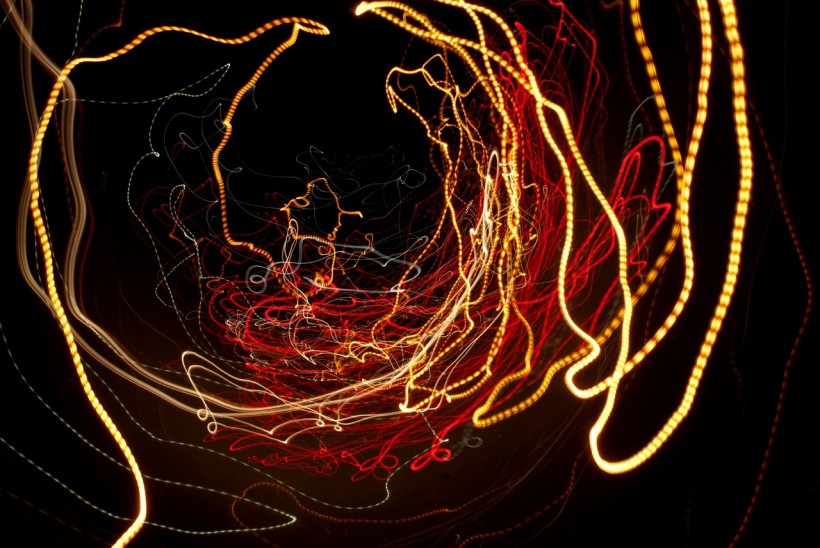Researchers were able to find hair strands in a cave burial site in Spain known as Es Càrritx. Analysis of these hair samples revealed hints of ancient Europeans taking hallucinogenic drugs.
Hallucinogenic Drug Use 3,000 Years Ago
The findings of the study were reported in the Scientific Reports journal. It details what could be the earliest evidence of drug usage across ancient Europe. The study suggests that these drugs could have been used during prehistoric religious and traditional ceremonies.
The hair strands were placed in horn and wooden containers that had concentric circles. They were then removed and placed in a different chamber inside the cave. As per the Jerusalem Post, these strands are perceived to date from around 3,000 years ago.
MailOnline adds that the researchers were able to find atropine, ephedrine, and scopolamine in three hair samples.
They used High Resolution Mass Spectroscopy and Ultra-High Performance Liquid Chromatography to examine the presence of those alkaloids.
According to the Jerusalem Post, the ephedrine stimulant can be derived from pines and shrubs that yield cocaine-like effects, which make its users feel energetic, alert, and excited. Other than that, both scopolamine and atropine are hallucinogenic chemicals that can be found in plants from the nightshade family.
The scientists think that the presence of these alkaloids in the samples may be due to ancient people's consumption of the alkaloids' source plants. The researchers think that eating these plants could have been done as part of a ritual or tradition.
As per the BBC, their consumption may have led to hallucinations and delirium.
Giorgio Samorini, an ethnobotanist and expert on psychoactive substances who did not participate in the study, says that the findings affirm the knowledge and usage of plant drugs among ancient Europeans, as noted by the National Geographic.
ALSO READ: Why Are People Drawn to Using Illegal Drugs (and How Can You Change Your Own Behavior?)
Drug Use in Ancient Times
Other than this case in ancient Europe, there have also been other reported cases of drug use in prehistoric times. Children from the Inca society, for one, were found to have drank a liquid to "lighten their mood and calm their nerves" several weeks or days before their ceremonial death and burial.
As per Science News, their bodies were found to contain a primary ingredient of ayahuasca, which is a plant-based psychedelic. Though the researchers did not find any molecular traces of the pscyhedelic's strong hallucinogens in the remains, they did spot harmaline and harmine traces, which are chemical products that come from Banisteriopsis caapi vines.
Studies with rodents suggest that harmine-filled solutions impact the brain in the same way as antidepressants. The researchers note that this could have been the earliest proof that B. cappi was employed for its antidepressant effects.
RELATED ARTICLE: Does Truth Serum Work? Here's How These Mind-Altering Drugs Manipulate Your Brain
Check out more news and information on Archaeology in Science Times.















